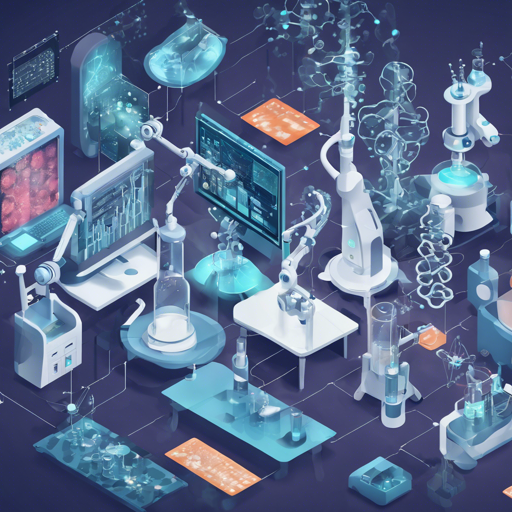In the ever-evolving landscape of artificial intelligence, OpenBioLLM-8B emerges as a groundbreaking open-source language model, specifically tailored for the healthcare and biomedical domain. This blog will guide you through how to effectively utilize this powerful tool, understand its workings, and troubleshoot common challenges you may face along the way.
Introduction to OpenBioLLM-8B
Developed by Saama AI Labs, OpenBioLLM-8B is equipped with 8 billion parameters, fine-tuned for biomedical tasks, and excels at understanding and generating medical text. Let’s explore how you can make the most out of this innovative model.
Getting Started with OpenBioLLM-8B
1. Installation
Before diving into usage, you need to install the necessary libraries. Here’s a simple way to get set up:
- Install
transformersandtorchusing pip:
pip install transformers torch2. Loading the Model
Now, let’s load the model using the following Python code:
import transformers
import torch
model_id = "aaditya/OpenBioLLM-Llama3-8B"
pipeline = transformers.pipeline(
"text-generation",
model=model_id,
model_kwargs={"torch_dtype": torch.bfloat16, "device": "auto"},
)3. Generating Responses
Once the model is loaded, you can begin generating responses to medical inquiries. Here’s an analogy to help you understand the functioning of OpenBioLLM-8B:
Think of OpenBioLLM-8B as a highly knowledgeable doctor who specializes in different medical fields. When you ask a question (like consulting a doctor), it processes the information you provide, analyzes it with its medical knowledge, and presents an answer suited to your query. For example:
messages = [
{"role": "system", "content": "You are an expert in the healthcare domain."},
{"role": "user", "content": "How long does it take for newborn jaundice to go away?"}
]
prompt = pipeline.tokenizer.apply_chat_template(messages, tokenize=False, add_generation_prompt=True)
outputs = pipeline(prompt, max_new_tokens=256)
print(outputs[0]["generated_text"][len(prompt):])In this code snippet, we instruct the model with context before asking a medical question. It responds based on its comprehensive understanding of the topic.
Troubleshooting Common Issues
While using OpenBioLLM-8B, you may encounter some challenges. Here are troubleshooting steps for common issues:
- Model Output is Verbose: If the model’s responses are too lengthy, consider setting
temperature = 0to generate concise outputs. - Installation Errors: Ensure you have the latest versions of
transformersandtorch. Update them if necessary using pip. - Performance Degradation: Always use the exact chat template provided by Llama-3, as deviations might hinder model performance.
- Cloud Services Down: If you’re running this on a cloud service and unable to connect, check your internet connection and service status.
For more insights, updates, or to collaborate on AI development projects, stay connected with fxis.ai.
Conclusion
OpenBioLLM-8B is more than just a model; it’s a gateway to advanced AI capabilities in the biomedical space. With proper utilization, you can enhance research, patient care, and medical data analysis. Remember to always consult qualified healthcare providers for personalized medical advice—OpenBioLLM-8B is here to support, not replace, professional expertise.
Continuous Development
At fxis.ai, we believe that such advancements are crucial for the future of AI, as they enable more comprehensive and effective solutions. Our team is continually exploring new methodologies to push the envelope in artificial intelligence, ensuring that our clients benefit from the latest technological innovations.

